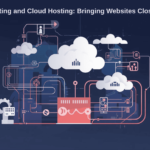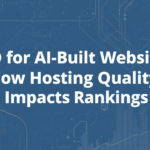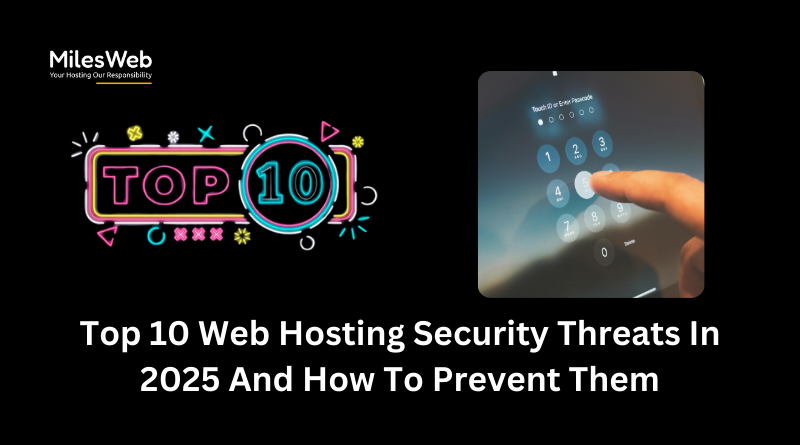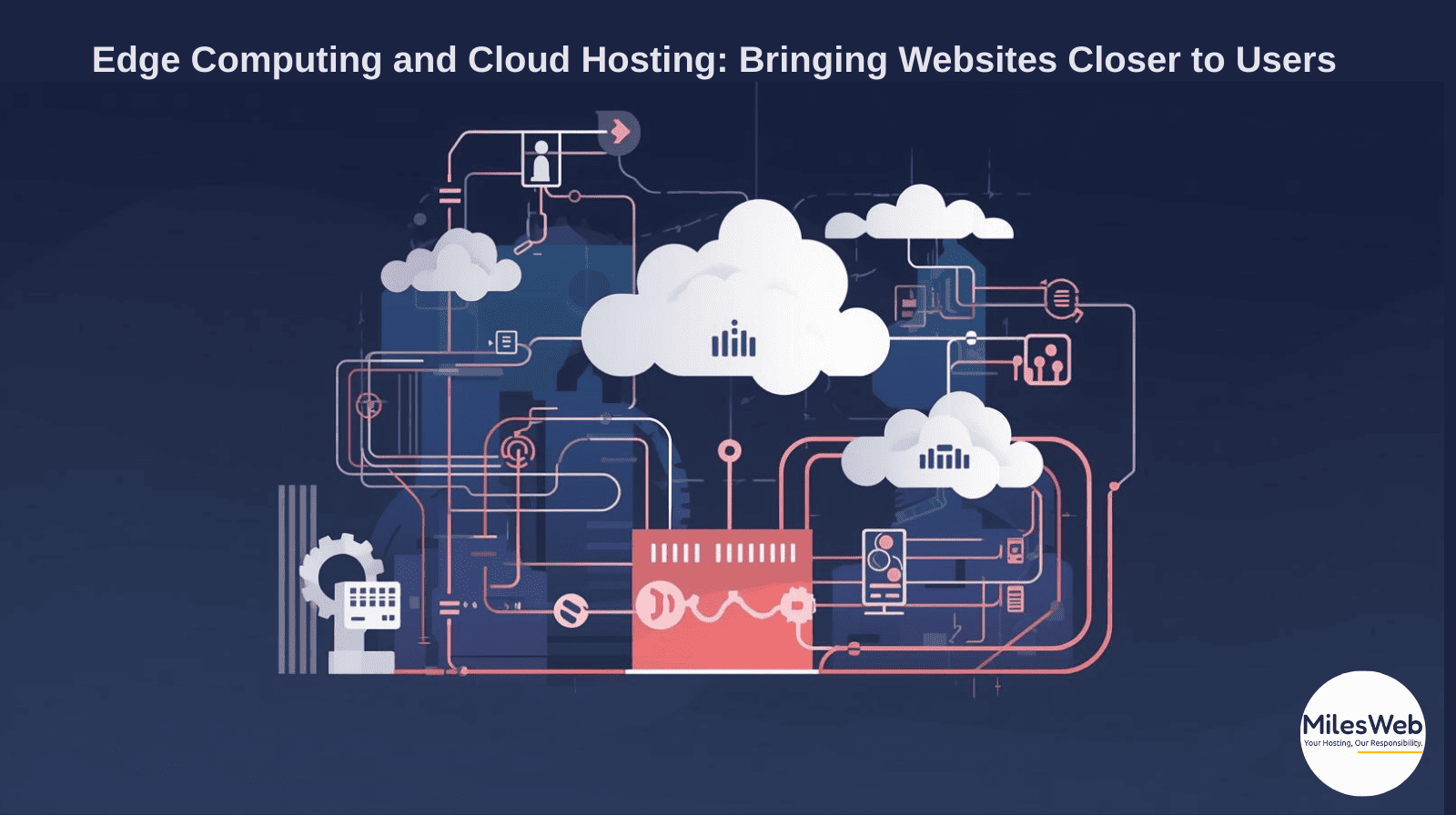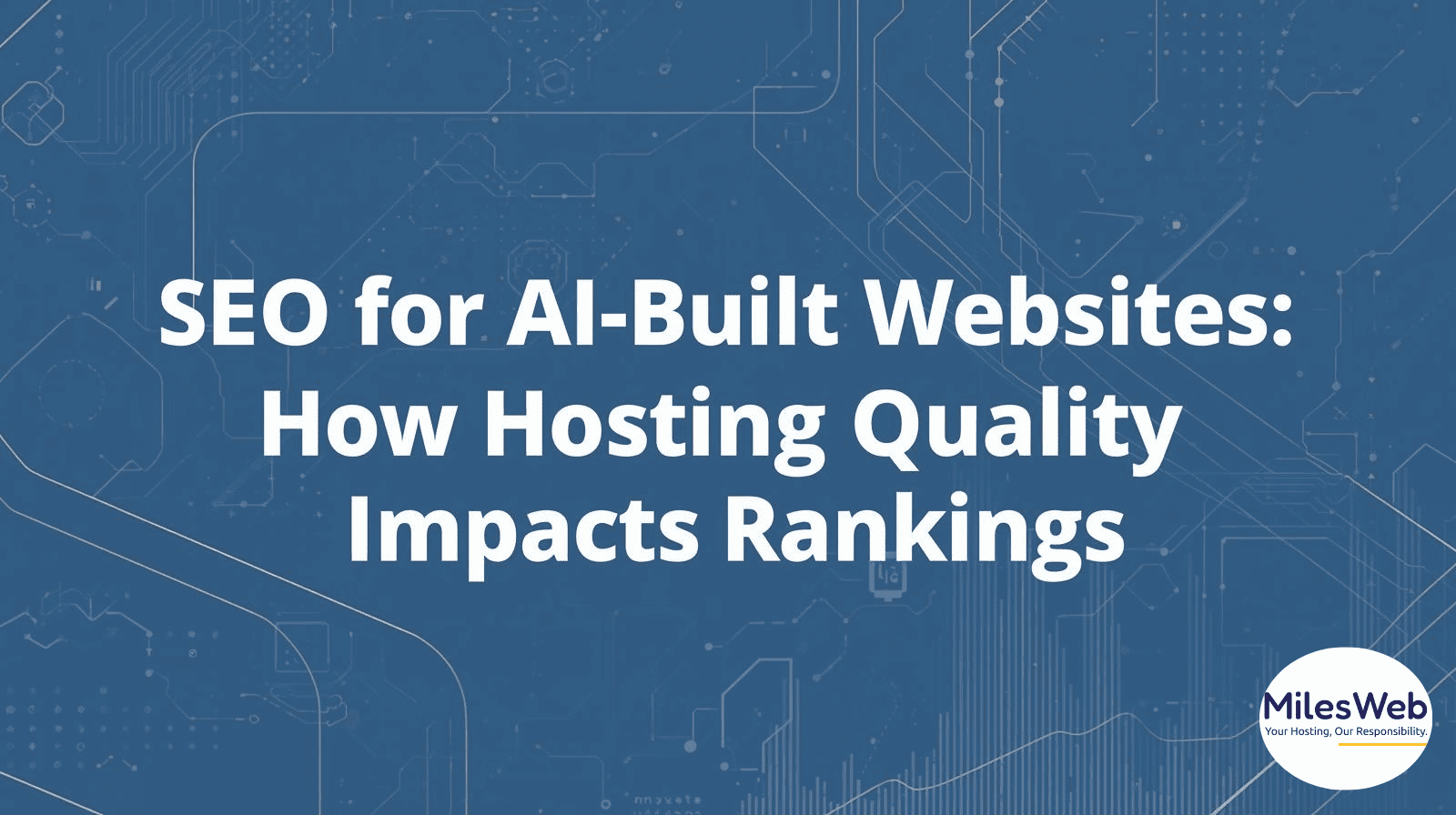Website security used to be as simple as setting a decent password and running occasional virus scans. Those days are gone. By 2025, attackers will have AI assistants of their own, automation that never sleeps, and marketplaces where ready-made exploits sell like fast food. Even a lightning-fast platform like NVMe hosting — which is fantastic for SEO and speed — alone isn’t enough to defend your website, if your defenses are paper-thin. Speed is not a security plan.
If you’re on Linux shared web hosting, your threat map changes again. Shared environments are cost-effective, sure, but you’re sharing space with a group. If one website on that server is poorly secured, a messy configuration can let an infection propagate. By the time you can lock your doors, you need to know which windows are open.
Top 10 Web Hosting Security Threats
Here are the ten most dangerous security threats you’re likely to see this year — and how to avoid becoming the next cautionary example.
1. AI-Polished Phishing
Phishing isn’t new, but the tactics are. Today’s scam emails are grammatically perfect, customised with your name, your business details, and sent from addresses that pass casual inspection. They might even reference something only your real contacts should know.
What to do: Handle unexpected “urgent” requests like a stranger at your doorstep — verify them through a completely different channel. And yes, enable 2FA wherever possible.
2. Ransomware That Eats Backups Too
Imagine this: you log in and see your homepage replaced with a digital ransom note. Now imagine your backups are locked as well, because they were stored in the same environment. That’s the modern twist.
What to do: Keep backups somewhere attackers can’t reach. Providers like MilesWeb offer remote, automated backups — that’s the difference between a bad day and a business-ending one.
3. Zero-Day Exploits
This is the worst kind of break-in — the one nobody even knows is possible yet. Hackers find a flaw in your CMS, plugin, or server software before a patch exists. You won’t get a warning.
What to do: Automate updates where possible, sign up for your platform’s security alerts, and choose a host with a reputation for patching fast.
4. Cross-Site Scripting (XSS)
An attacker slips a bit of malicious code into your website, and suddenly your visitors’ browsers are doing things they shouldn’t — stealing cookies, redirecting traffic, or worse.
What to do: Clean each input that is user-originated. Comments, forms, anything. If you don’t need HTML or JavaScript in those fields, simply block it.
5. Brute Force Logins
It’s not one hacker typing in passwords — It’s hundreds of automated bots hammering your login page every second. Eventually, they’ll guess correctly sooner or later if you allow them.
What to do: Use strong and unique passwords. Limit login attempts. Add a CAPTCHA. Better yet, hide your admin page at an address only you know.
6. DDoS Traffic Floods
Think of it as a traffic jam made on purpose — a flood of junk requests that clogs your server so real visitors can’t get in. Launching one is cheaper than ever.
What to do: Use hosting with DDoS protection already built in, and pair it with a CDN so attackers can’t focus all their traffic on one spot.
7. Outdated Plugins and Themes
An old plugin is like a rusty lock — it’s not keeping anyone out. Hackers actively scan for outdated software that they know how to break.
What to do: Every few months, audit what’s installed. Delete what you don’t use. Update the rest at once.
8. SQL Injection
Instead of picking your lock, they trick your database into handing over the keys. This happens when your website’s forms or search bars accept code they shouldn’t.
What to do: Use parameterized queries and security plugins that block suspicious database requests.
9. Weak File Permissions
If your file permissions are too loose, attackers can overwrite or delete files that should be untouchable.
What to do: Most of the time, directories should be 755, files 644. If you’re not sure, ask your host.
10. The Enemy Within
Sometimes, the threat’s not a stranger — it’s someone with legitimate access who misuse their privileges, or just makes a careless mistake.
What to do: Limit admin rights to people who actually need them, and remove access instantly when someone leaves your team.
Why Layers Matter?
Good security isn’t one giant padlock — it’s a chain of smaller ones. If a thief gets through the first, the second slows them down. The third stops them.
Start with what your host provides — firewalls, malware scans, intrusion detection — then add on:
- Application layer: Keep your CMS and all extensions updated.
- Network layer: Use a CDN and WAF to filter trouble before it hits your server.
- User layer: Strong passwords, two-factor authentication, limited privileges.
A host that actively monitors for threats and acts quickly on patches gives you breathing room. That’s one reason companies like MilesWeb have loyal customers — they combine multiple protection techniques so you’re not patching together your own security system.
Closing Insights
The web in 2025 isn’t gentle. Threats are faster, smarter, and far more personal. But they rely on website owners being slow, inattentive, or careless. Keep your systems updated, lock down accounts, back up somewhere safe, and you’re already ahead of most targets.
Security isn’t a box you tick once — it’s a habit. Make it part of your hosting choice from the start, and you’ll protect your visitors, your data, and your reputation. Choose a reliable provider like MilesWeb that considers security as part of the package, and you’ll sleep better knowing the foundation is built for whatever tomorrow brings your way.


